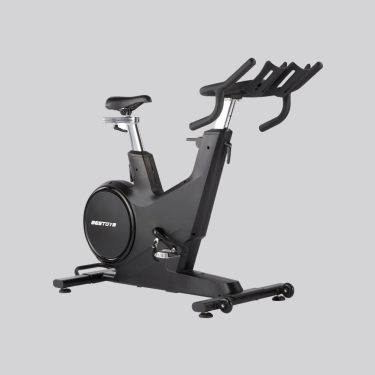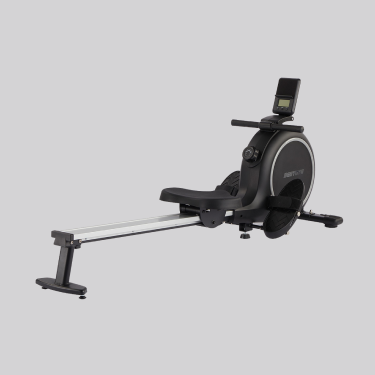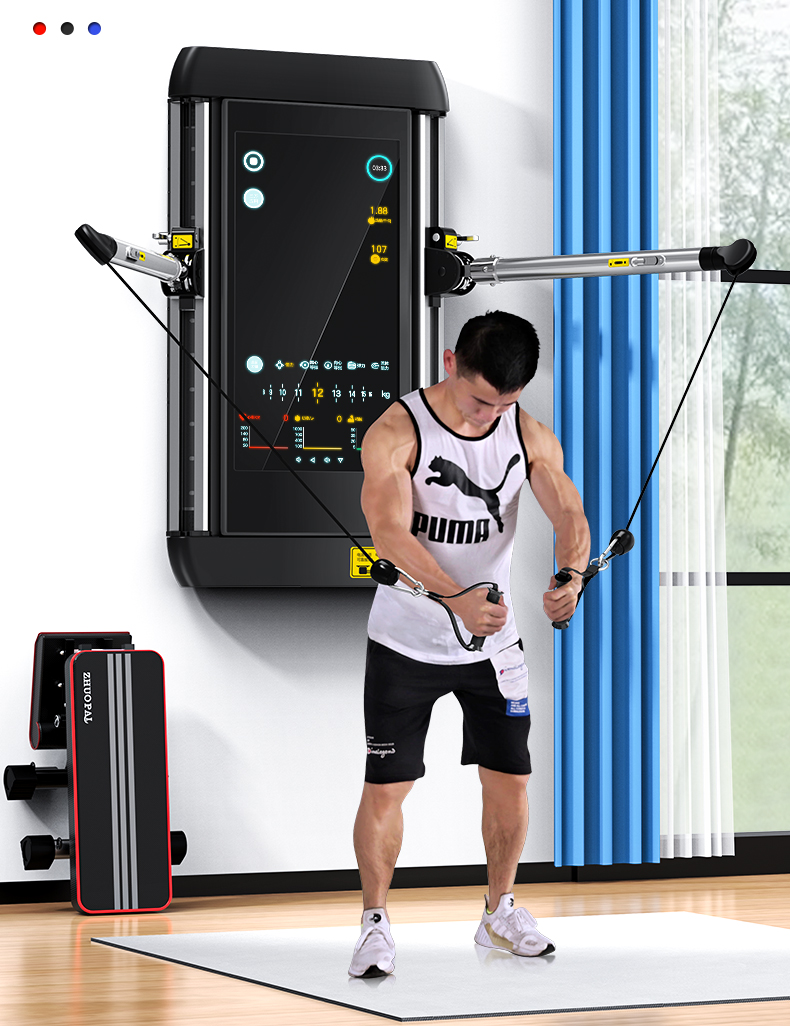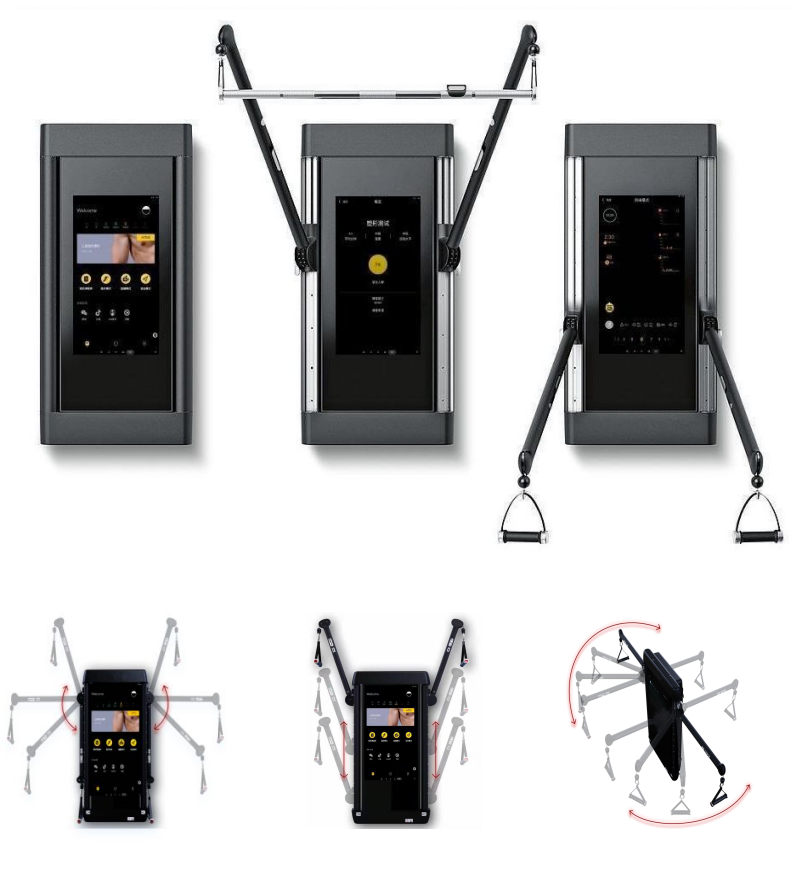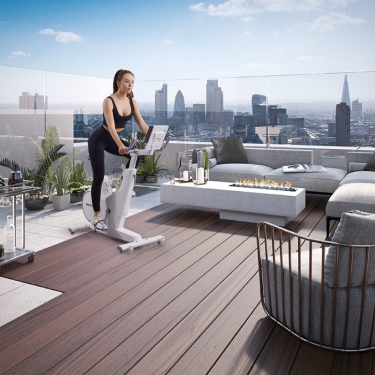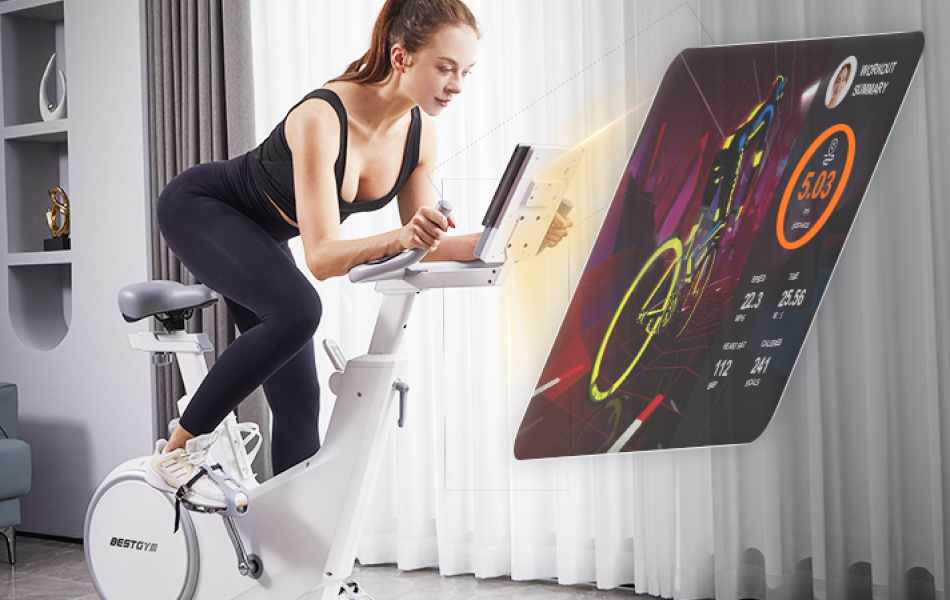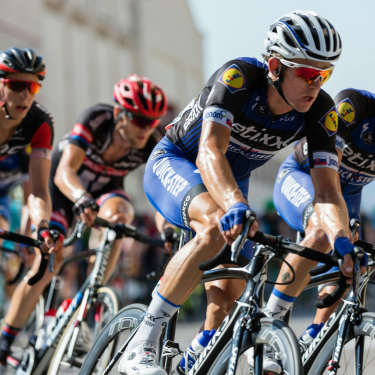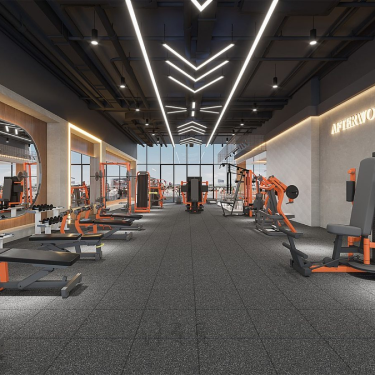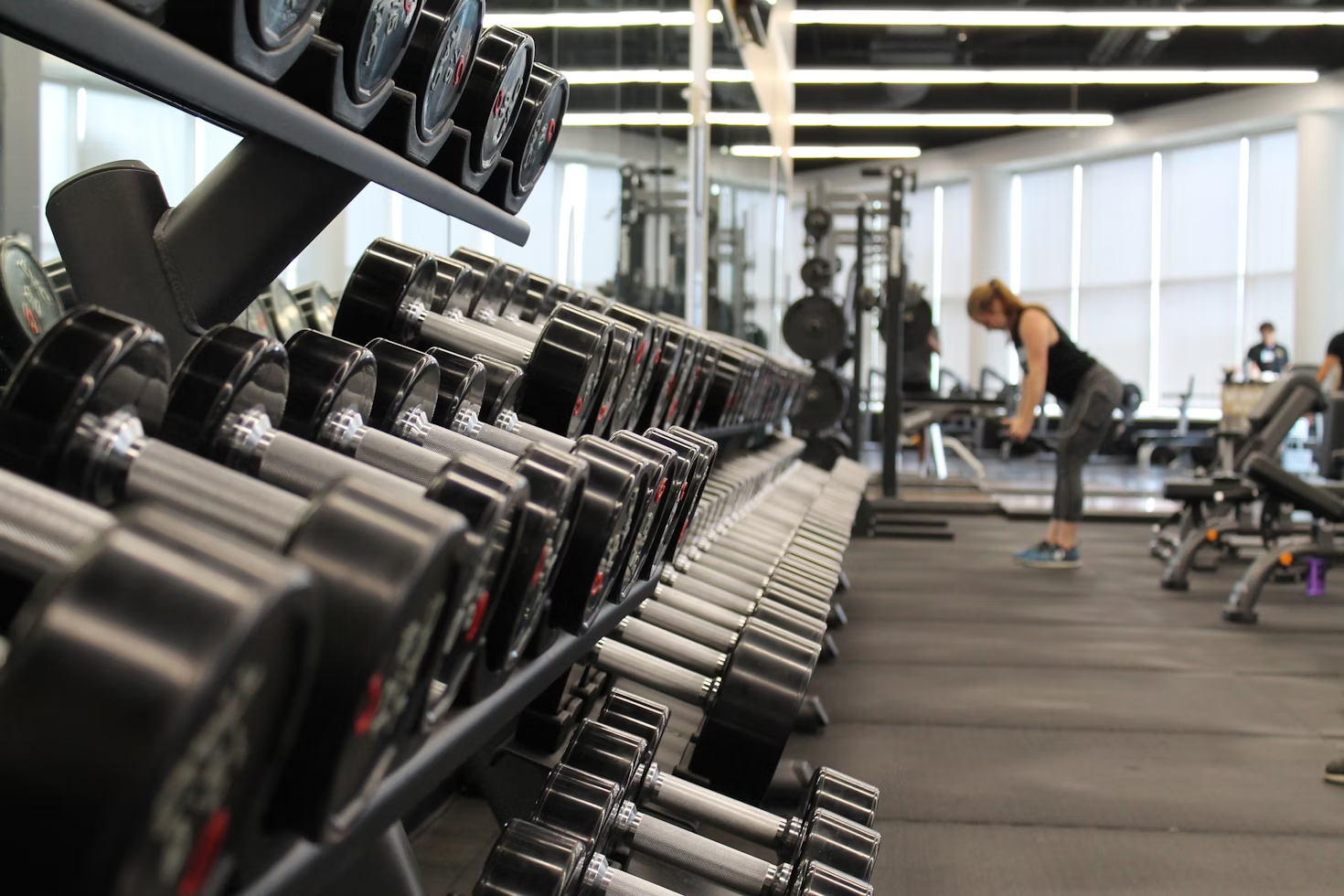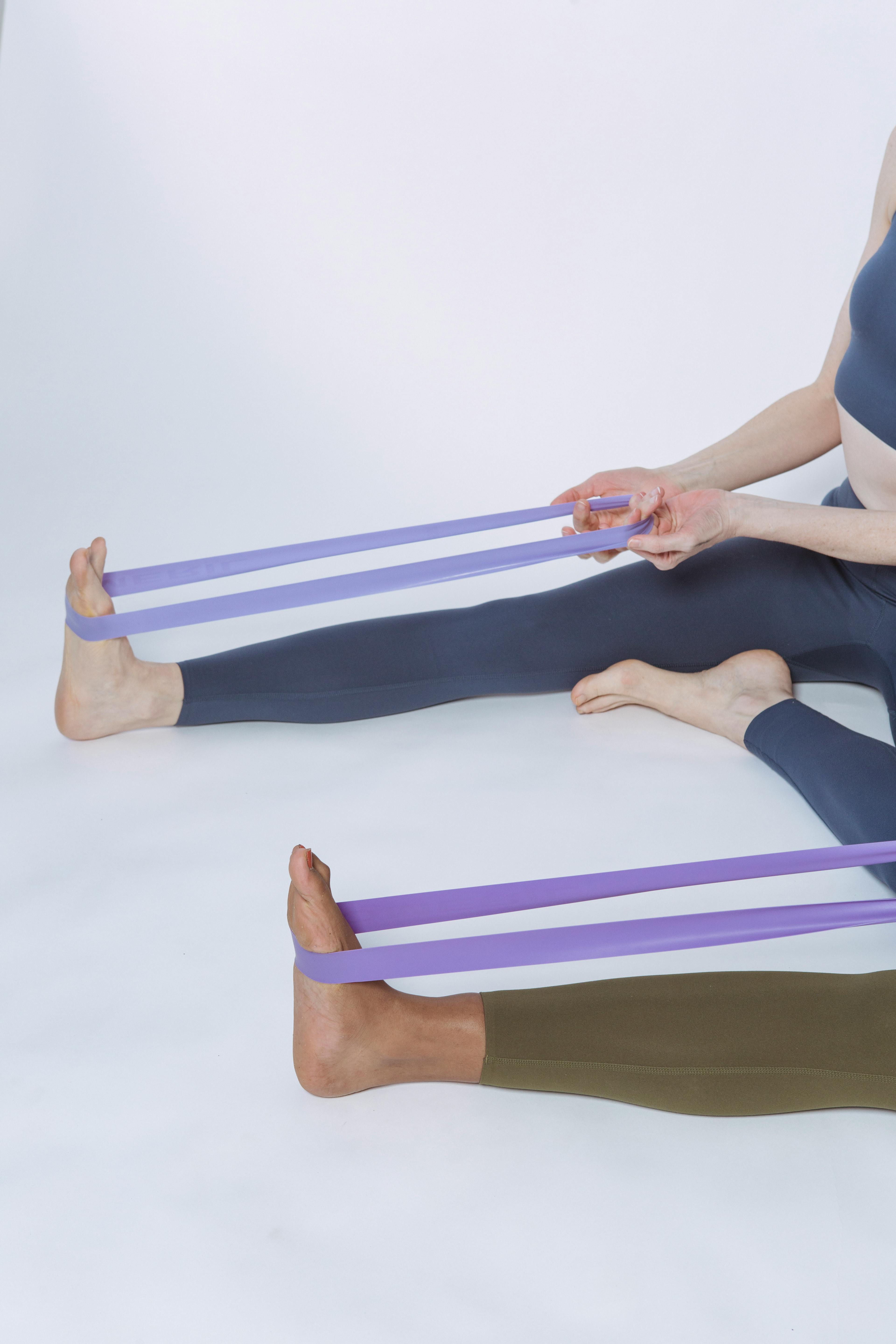Fitness Equipment for Commercial Clubs: A Comprehensive List
Commercial fitness clubs are hubs for health enthusiasts seeking a wide range of exercise options. To meet the diverse needs of their clientele, these facilities must be equipped with a variety of high-quality fitness machines and tools. This guide provides a detailed overview of essential fitness equipment categories and the specific machines and tools that fall under them.
1. Cardiovascular Training Equipment
Cardiovascular machines are among the most popular equipment in any gym. They cater to members looking to improve heart health, lose weight, or enhance endurance. These machines simulate natural movements like running, cycling, or climbing, providing a low-impact alternative to outdoor activities.
a. Treadmills
Treadmills are a staple in gyms, offering users the ability to walk, jog, or run indoors.
Features:
- Adjustable speed and incline for varied intensity levels.
- Built-in workout programs for goal-oriented training.
- Heart rate monitors and calorie trackers for progress tracking.
Popular Models:
- Commercial-grade treadmills like Life Fitness T5, Precor TRM 835, and Technogym Skillrun.
Advantages:
- Suitable for all fitness levels.
- Great for interval training and endurance building.
b. Elliptical Trainers
Ellipticals provide a low-impact workout that is easy on the joints while engaging the entire body.
Key Features:
- Adjustable resistance and stride length.
- Pre-programmed workouts targeting various fitness goals.
- Handles for upper-body engagement.
Popular Models: NordicTrack FS10i, Sole E95.
c. Stationary Bikes
Stationary bikes cater to members of all fitness levels and are particularly effective for low-impact cardio workouts.
Types:
- Upright Bikes: Mimic traditional outdoor cycling.
- Recumbent Bikes: Provide back support, ideal for users with mobility issues.
- Spin Bikes: Built for high-intensity indoor cycling classes.
Features:
- Magnetic resistance for smooth operation.
- Digital displays showing speed, distance, and calories burned.
- App compatibility for tracking progress.
Rowers offer a full-body cardio workout by engaging both upper and lower body muscles.
Types:
- Water rowers: Simulate the natural resistance of water.
- Air rowers: Adjust resistance based on the user’s rowing intensity.
Popular Brands: Bestgym, Concept2, WaterRower, Hydrow.
e. Stair Climbers and Steppers
Stair climbers simulate the motion of climbing stairs, targeting the glutes, hamstrings, and calves.
Features:
- Compact designs suitable for smaller gym spaces.
- Variable speed settings to accommodate different fitness levels.
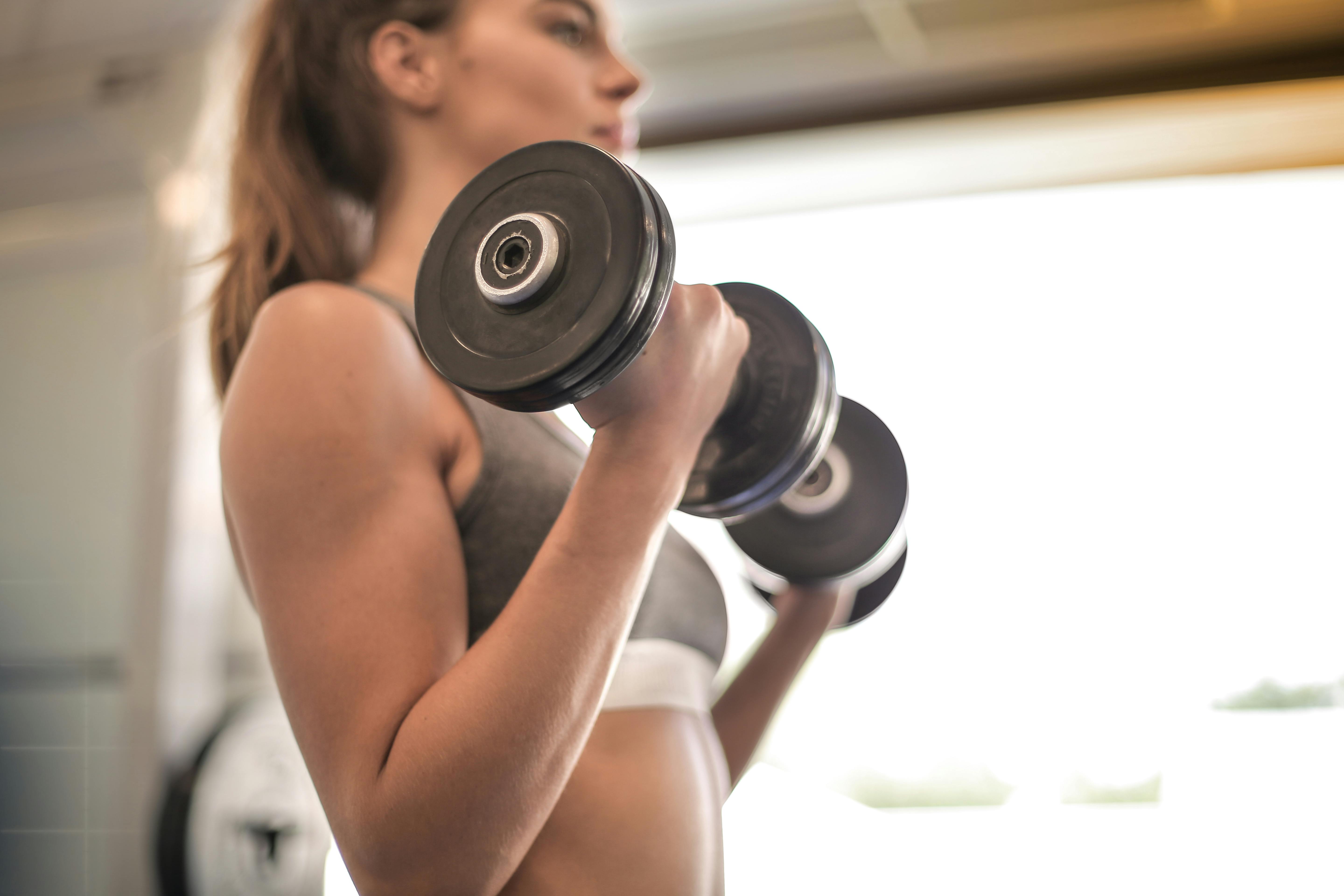
2. Strength Training Machines
Strength training is essential for muscle building, toning, and improving overall fitness. Commercial gyms should include a variety of machines that target specific muscle groups.
a. Selectorized Machines
Selectorized machines use weight stacks and cables, providing guided movement that reduces the risk of injury.
Examples:
- Chest Press for pectoral muscles.
- Lat Pulldown for back muscles.
- Leg Extension for quadriceps.
- Bicep Curl for arm strength.
Advantages:
- Easy to use for beginners.
- Adjustable weights for progressive overload.
b. Plate-Loaded Machines
Plate-loaded machines mimic free weights while offering more controlled movement.
Examples:
- Smith Machines: Provide vertical guided movement for squats and presses.
- Hack Squats: Focus on quadriceps and glutes.
- Leg Presses: Target lower body muscles.
Advantages:
- Suitable for intermediate to advanced users.
- Provide a natural range of motion.
c. Cable Machines
Cable machines are versatile tools that allow for a wide range of exercises.
Examples:
- Functional trainers for multi-directional movements.
- Adjustable pulley systems for targeted muscle engagement.
Advantages:
- Highly customizable for different workout styles.
3. Free Weights and Accessories
Free weights offer flexibility and are ideal for functional and traditional strength training exercises.
a. Dumbbells
- Range: Typically available from 1 lb to 100+ lbs.
- Materials: Rubber-coated for durability and safety, hexagonal to prevent rolling, or chrome-plated for a sleek finish.
b. Barbells
Types:
- Standard Barbells: Lightweight and suitable for beginners.
- Olympic Barbells: Heavier and longer, used in professional weightlifting.
- Specialty Barbells: Trap bars for deadlifts, curl bars for bicep exercises, and safety squat bars for enhanced support.
c. Weight Plates
Types:
- Standard Plates: General use with standard barbells.
- Bumper Plates: Made of rubber, ideal for Olympic lifting and reducing noise.
d. Benches
Benches are essential for free weight training and bodyweight exercises.
Types: Adjustable benches, flat benches, incline benches, and decline benches.
e. Racks and Stands
Examples:
- Squat racks for lower body training.
- Power racks for full-body workouts.
- Dumbbell racks for organized storage.
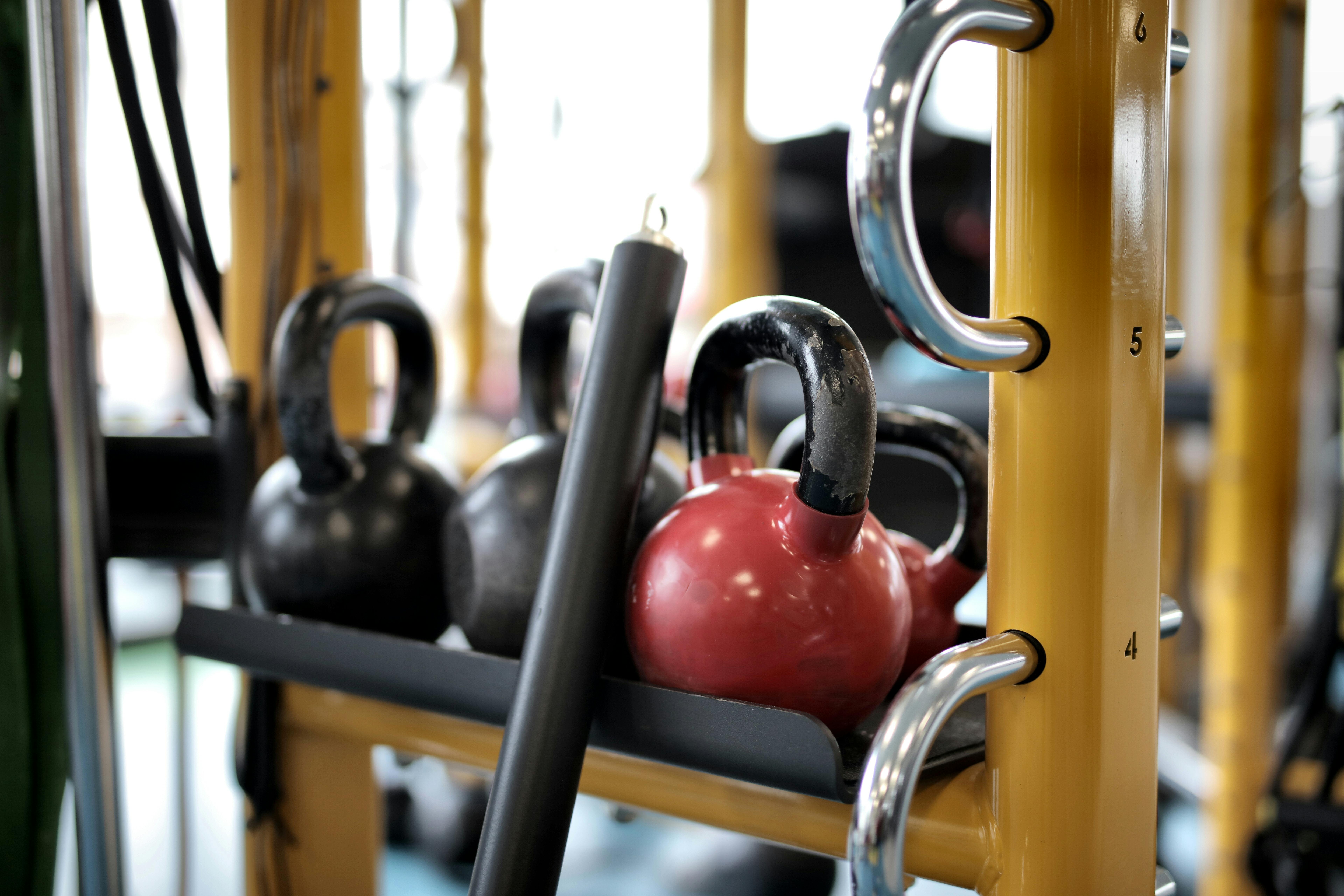
4. Functional Training Equipment
Functional training equipment is versatile and helps users build strength, stability, and coordination.
a. Kettlebells
Kettlebells are excellent for dynamic movements such as swings, snatches, and Turkish get-ups.
b. Medicine Balls
Medicine balls are used for core exercises, throwing, and plyometric training.
c. Resistance Bands
These lightweight, portable tools are great for strength training and rehabilitation exercises.
d. TRX Suspension Trainers
Suspension trainers use body weight to provide a full-body workout, suitable for all fitness levels.
e. Plyometric Boxes
Used for jump training, these boxes improve explosive power and coordination.
5. Group Exercise Equipment
Group classes are a major attraction in commercial gyms, requiring specialized equipment to enhance the experience.
a. Aerobic Steps
Perfect for step aerobics, these platforms can also be used for strength training exercises.
b. Yoga Mats and Blocks
Provide comfort and support during yoga, Pilates, and stretching classes.
c. Resistance Tubes
Add intensity to group training routines by increasing resistance.
d. Spin Bikes
These are the backbone of high-energy indoor cycling classes.
e. BOSU Balls
BOSU balls enhance balance, stability, and core strength during group workouts.
6. Specialty Equipment
Adding unique equipment helps gyms stand out and attract niche audiences.
a. Battle Ropes
Battle ropes are perfect for high-intensity interval training (HIIT), improving cardiovascular endurance and strength.
b. Sandbags
Sandbags offer a dynamic resistance training option for functional fitness.
c. Sleds
Used for pushing and pulling exercises, sleds are excellent for building strength and endurance.
d. Climbing Walls
These provide a fun, engaging alternative to traditional workouts.
e. Boxing and MMA Equipment
Heavy bags, speed bags, gloves, and pads cater to members interested in combat sports.
7. Recovery and Wellness Equipment
Recovery tools are critical for post-workout care, helping members prevent injuries and improve performance.
a. Foam Rollers
Used for self-myofascial release to relieve muscle tension.
b. Massage Guns
Portable devices that provide deep tissue massage to promote recovery.
c. Stretching Stations
Dedicated areas with bars and straps for guided stretching exercises.
d. Infrared Saunas
Heat therapy promotes relaxation and muscle recovery.
8. Technology-Driven Fitness Solutions
Modern gyms integrate technology to provide an enhanced workout experience.
a. Smart Mirrors
These mirrors offer guided workouts and real-time feedback, making them ideal for personalized training.
b. Virtual Reality (VR) Fitness Equipment
Combines gaming with physical activity, offering an immersive workout experience.
c. Wearable Device Integration
Equipment that syncs with fitness trackers and smartwatches enhances progress tracking.
d. Interactive Displays
Touchscreen consoles provide entertainment, workout programs, and user metrics.
9. Accessibility and Inclusivity
Ensuring that gyms are accessible to everyone, including those with disabilities, is essential.
a. Adaptive Equipment
Hand cycles and resistance machines designed for wheelchair users make fitness accessible to all.
b. Low-Impact Options
Recumbent bikes, water rowers, and vibration plates provide gentle exercise options for older adults or those recovering from injuries.
10. Maintenance and Safety Equipment
Maintaining a clean and safe gym environment is crucial for member satisfaction and retention.
a. Cleaning Supplies
Disinfectant wipes, sprays, and towel dispensers ensure hygiene.
b. Flooring
Shock-absorbent rubber flooring protects equipment and reduces injury risk.
c. Safety Bars and Clips
Provide stability and safety during weightlifting exercises.
d. First Aid Kits
Well-stocked first aid kits are essential for addressing minor injuries.
Conclusion
Commercial fitness clubs must cater to a diverse clientele by offering a wide range of equipment that supports different fitness goals. By investing in durable, versatile, and innovative machines and tools, gym owners can create an inviting and functional space that appeals to everyone. This comprehensive guide ensures your fitness club is equipped to meet the demands of modern fitness enthusiasts while promoting safety, accessibility, and inclusivity.
Read More: 6 Best Exercises to Boost Vein Health

